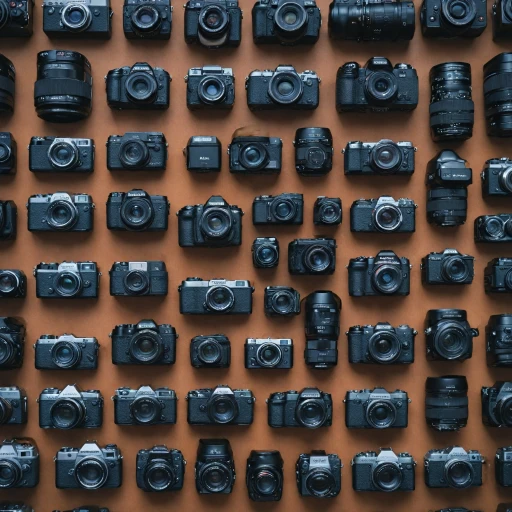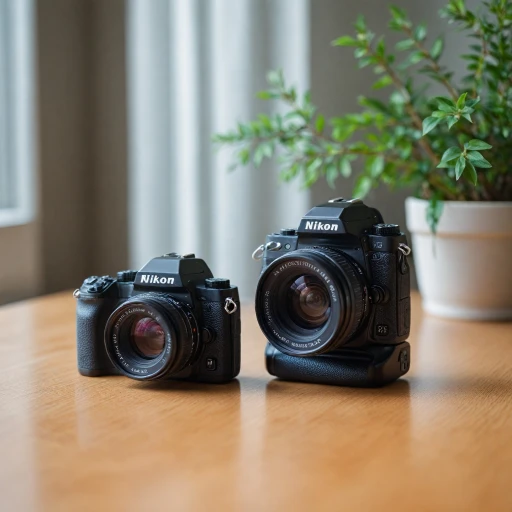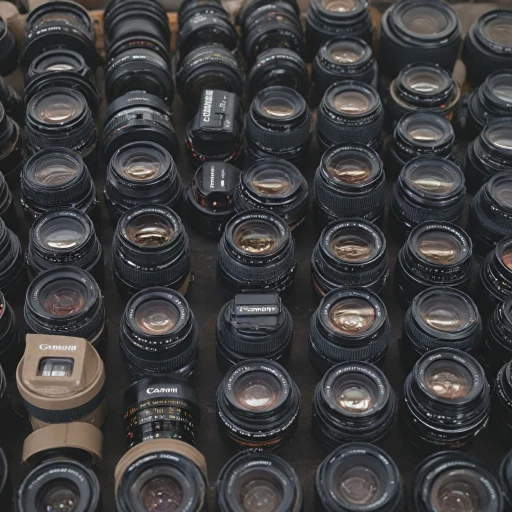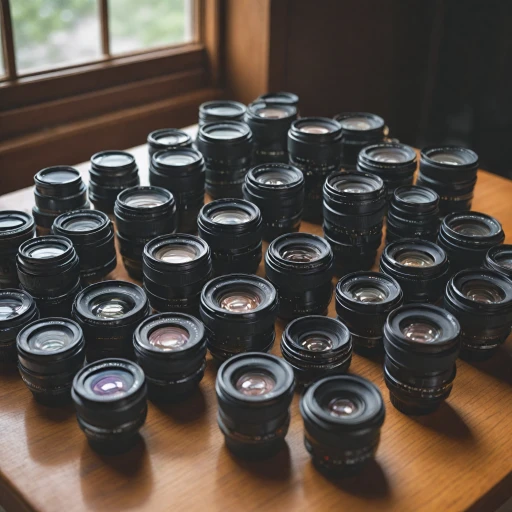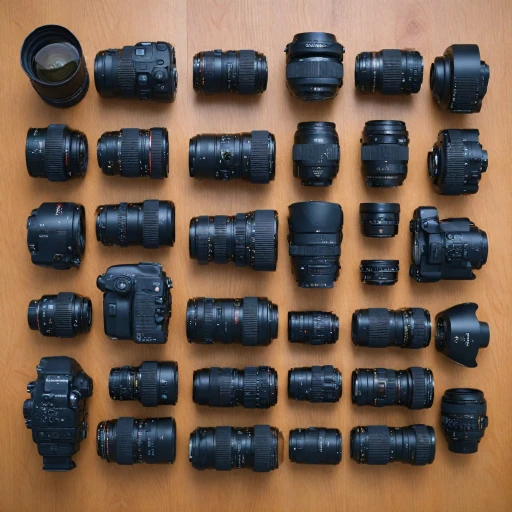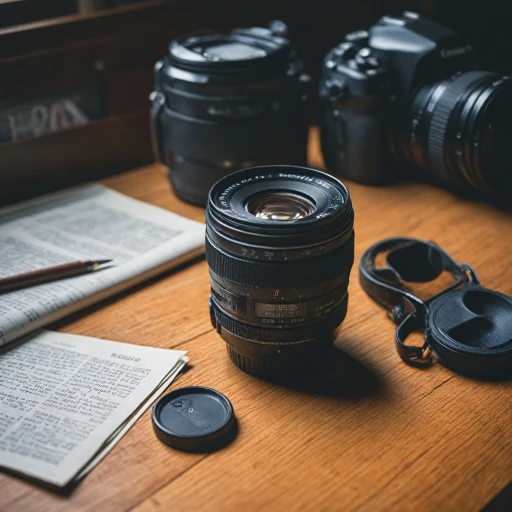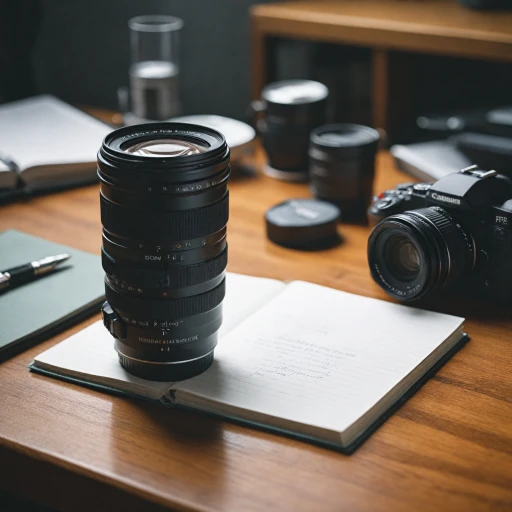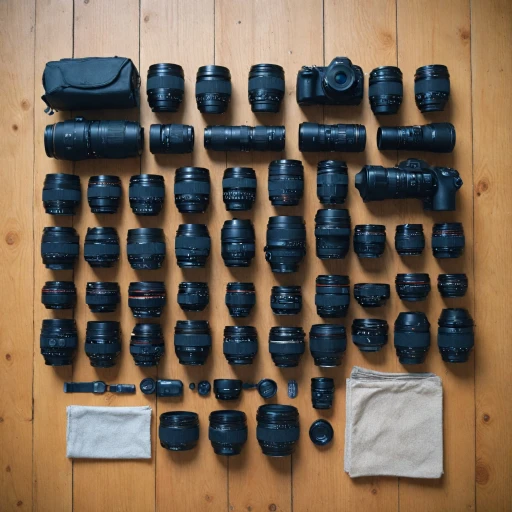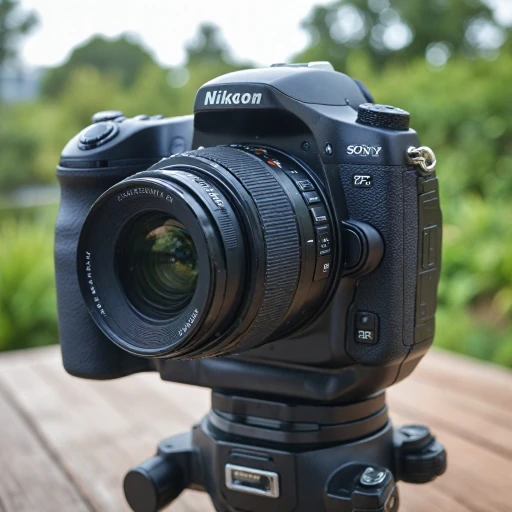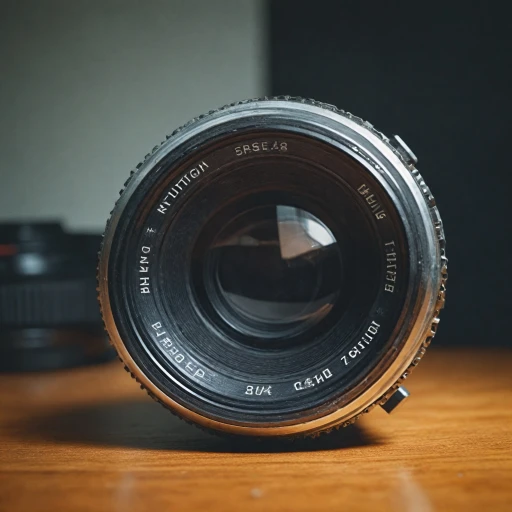Understanding Telephoto Lenses
Diving into the World of Telephoto Lenses
Telephoto lenses are an essential part of a photographer's toolkit when capturing distant subjects with precision and clarity. Primarily characterized by their long focal length, these lenses allow for an expanded field of view and enhanced image quality. With easy accessibility in today's world of digital cameras, the power of telephoto lenses has opened new avenues for different genres of photography.
These lenses are designed to magnify the subject and narrow the field of view, making them ideal for capturing wildlife, sports, and even celestial events. The key lies in their ability to bring the distant closer, thanks to a larger focal length, which creates an effective separation of the subject from its background, adding a unique depth to the field of image.
As technology evolves, so do these lenses. An advanced telephoto lens offers photographers the benefit of an extensive zoom capability without sacrificing image quality. These lenses often feature a maximum aperture that accommodates various lighting conditions, including low light environments, allowing for greater versatility.
Furthermore, the advent of digital cameras complements the utility of telephoto lenses. Cameras with full frame and crop sensors alter how focal lengths are perceived, often providing what is known as an equivalent focal length. This capability enhances the effectiveness of your lens by taking advantage of the crop factor, offering greater zoom potential without the need for multiple lenses.
For those exploring lens customization, options like teleconverters can further multiply the focal length of your existing setup, enhancing the reach of your camera without the need for a new purchase. You can deepen your understanding of such tools by exploring resources like this insightful article, which provides valuable perspectives on versatile lens usage.
Benefits of Using Telephoto Lenses
Unveiling the Connection Between Focal Length and Photography
When diving into the world of telephoto lenses, numerous benefits become apparent that can transform your photography experiences. These long-zoom marvels serve as critical tools for various photographic pursuits, offering unique advantages over standard camera lenses. One of the most appealing aspects of telephoto lenses is their ability to bring distant subjects closer, preserving detail and sharpness in the image. The extended focal lengths of telephoto lenses provide a narrow field view, allowing photographers to isolate subjects from their surroundings effectively. This feature can be particularly beneficial for wildlife and sports photography, where getting close to the action isn’t always feasible. Moreover, telephoto lenses possess a natural compression effect, creating a visually appealing perspective in images where background elements appear larger and closer to the subject. This capacity enhances the depth field control, which in turn produces a beautifully blurred background—an effect often sought after in professional-looking photographs. The potential of telephoto lenses extends further with the use of teleconverters, which increase the effective focal length of your camera lens, granting even more zoom capacity. However, it's essential to consider the maximum aperture and how adding teleconverters might impact it, especially in low light photography. Telephoto lenses with a wide aperture help maintain high image quality even when extending focal lengths. When utilizing telephoto lenses on different cameras, such as those with crop sensors, the crop factor must be accounted for to determine the equivalent focal length accurately. This adjustment ensures photographers can predict the frame they'd achieve with their chosen lens-camera combination meticulously. While each telephoto lens has its pros and cons, understanding their benefits and applications can significantly enhance your image-capturing capabilities. For further insights on lens accessories and their impact on photography, consider exploring the importance of an EktarH35 lens cap.Techniques to Multiply Lens Effects
Maximizing the Potential of Your Optical System
To truly harness the power of your telephoto lens, understanding the techniques to enhance its reach is crucial. When it comes to extending the focal length and capturing those distant subjects with remarkable clarity, you have several methods at your disposal.
One of the most practical approaches is using teleconverters. These compact optical attachments are designed to increase the effective focal length of your existing lens. By attaching a teleconverter, you can transform a 200mm lens into a 400mm equivalent focal without needing to invest in a new lens. It's a cost-effective way to extend your camera's reach but remember, it can also affect maximum aperture and low light performance, resulting in slower shutter speeds.
Another technique involves utilizing your camera's crop factor. Most modern digital cameras, especially those with APS-C sensors, have a built-in crop factor, which effectively extends the focal length of any lens attached to them. Although this means you don't need a separate telephoto lens to achieve exaggerated magnification, it can limit your field of view, which you might want to consider when planning your composition.
For those with higher-end cameras, you can leverage the quality of your sensor to crop into the image post-capture. This digital zoom can offer flexibility, particularly when equipped with high-resolution sensors, allowing you to retain impressive image quality while opting for a tighter crop.
Lastly, find creative ways to utilize wide apertures to create a shallow depth of field, helping isolate your subject even when shot from a distance. This can be particularly effective in busy scenes, drawing attention precisely where you want it.
By integrating these techniques, alongside understanding your optical accessory, you'll expand the functionality of your lenses, offering versatility and depth to your photography endeavors.
Choosing the Right Telephoto Lens
Deciphering the Best Telephoto Lens for Your Needs
Selecting the right telephoto lens can be a complex task for any photography enthusiast. The variety in focal lengths, maximum apertures, and even camera sensor types can significantly impact your deciding factors. Here's a guide to help you through the process.
- Determine Your Photography Needs: Depending on your interests, the right telephoto lens might differ. Wildlife photography often demands lenses with longer focal lengths and good image quality. Conversely, if you're interested in sports, a fast aperture paired with a moderate focal length might serve you better.
- Understand Focal Length and Crop Factor: Be aware of how the crop factor of your camera affects the effective focal length. For example, a lens mounted on a crop sensor camera won't have the same field view as it would on a full frame.
- Compare Telephoto Lens Types: From zoom lenses that offer flexibility in range to prime telephotos that provide superior image quality and low light performance, each has its perks. Remember, choice between zoom and prime may hinge on your specific shooting conditions.
- Consider Teleconverters: These accessories can extend the reach of your telephoto lenses without requiring a new purchase. Nonetheless, ensure compatibility with your lens and be prepared for potential trade-offs in image quality and maximum aperture.
- Evaluate Lens and Camera Compatibility: Not every lens fits every camera body. Make sure your selected telephoto lens is compatible with your camera's mount to prevent any operational hiccups.
Choosing the right telephoto lens can indeed shape the trajectory of your photography, enhancing the scope and depth of your creations. Balance these factors alongside your personal preferences to land on the best lens for your needs.
Common Challenges and Solutions
Overcoming Potential Obstacles with Telephoto Lenses
Using a telephoto lens can significantly enhance your photography but may also present certain challenges. By understanding these common obstacles, you can effectively mitigate them and make the most out of your camera equipment.
Addressing Camera Shake
Camera shake is a prevalent concern with telephoto lenses due to their longer focal lengths. This can lead to blurred images, undermining the quality of your photos. To counteract this, consider using a tripod for stabilization. Also, activating the image stabilization feature available in many cameras can be beneficial, particularly in low light situations.
Managing Depth of Field
With telephoto lenses, achieving the desired depth of field can be tricky given their narrower field view. To achieve a blurred background effect or isolate a subject, you'll need to experiment with the aperture settings, allowing for a larger maximum aperture to let in more light. This is crucial, especially when shooting wildlife photography where the background plays a pivotal role in highlighting the subject.
Dealing with Limited View
The narrower field of view in telephoto lenses can limit the area captured in your frame. Adjusting the zoom and finding angles that maximize the scene's richness can help. Additionally, utilizing a teleconverter can lengthen the focal length, providing extended reach for capturing distant subjects without losing image details.
Focusing Precision
Focusing can be challenging with telephoto lenses when using wide apertures. Manual focus may be necessary to ensure precision, especially when the autofocus isn’t performing optimally. Several cameras offer focus peaking options to aid in manual focusing, enhancing overall image sharpness.
Handling Weight and Portability
Telephoto lenses can add significant weight, making portability a concern. Investing in a suitable camera strap or carrying case can alleviate this burden, ensuring comfort during lengthy photography sessions. It's advisable to select a telephoto lens that suits both your photography style and physical handling capabilities.
Creative Uses for Telephoto Lenses
Unleashing Creativity with Telephoto Lenses
Embracing a telephoto lens in your photography arsenal opens up a realm of creative possibilities that can truly transform your photography. Their distinctive focal lengths and unique characteristics are not just for capturing distant subjects, but also for exploring artistic expressions in various settings.- Compression for Drama: Telephoto lenses naturally compress the image, bringing distant background elements closer to the subject. This effect can add drama to landscape photography by building a sense of unity between foreground and background, making scenes look grander than life.
- Spectacular Portraits: With their ability to isolate the subject, telephoto lenses often shine in portrait photography. By narrowing the field view, they enhance the subject’s prominence against a softly blurred background, resulting in a pleasing depth field effect.
- Playing with Perspective: The focal length of telephoto lens allows for unique perspectives that can be impossible to achieve with wide angle lenses. Using zoom lenses can juxtapose different elements in your frame, crafting creative, storytelling compositions.
- Macro Possibilities: While telephoto lenses are not true macro lenses, they can catch detailed close-ups when paired with teleconverters. This combination effectively increases the equivalent focal length, making it easier to capture small subjects from a distance.
- Low Light Flexibility: Understanding the maximum aperture is crucial, as telephoto lenses sometimes operate best in controlled lighting. They can, however, offer interesting possibilities under low light with the right settings and techniques, dramatically altering mood and perception.

